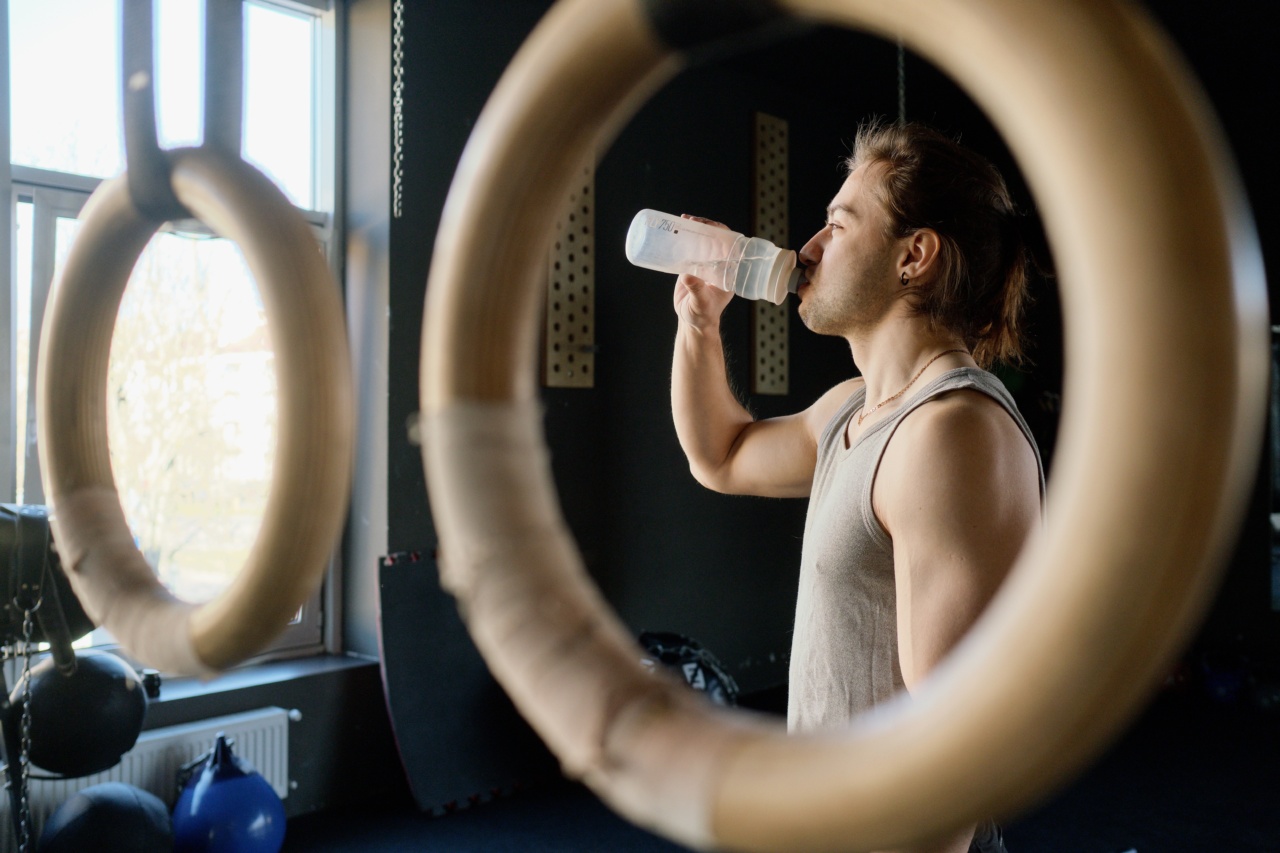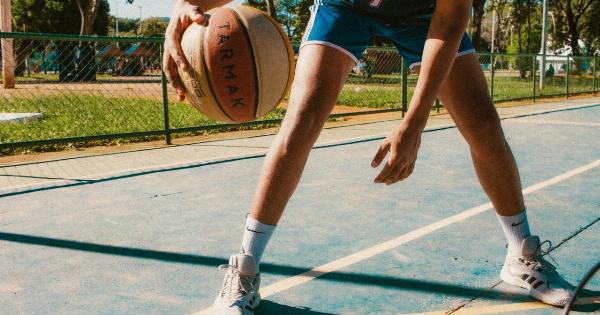When one thinks of gymnasts, the image that comes to mind is of toned, disciplined athletes, spending countless hours training in the gym. So you might be surprised to hear about the link between gymnastics and drinking.
Research has shown that gymnastics may lead individuals to drink more alcohol than other athletes or non-athletes. In this article, we explore the reasons behind this unexpected finding.
What the Research Says
According to a study published in the Journal of Sport and Exercise Psychology, former female gymnasts reported higher levels of problematic alcohol use compared to other female athletes.
Another study published in the Journal of Human Kinetics found that former male gymnasts drank significantly more alcohol than non-athletes in their same age group.
These findings may come as a surprise, especially considering the discipline and focus required for gymnastics. But researchers have identified several factors that may contribute to the link between gymnastics and drinking.
Pressure to Perform at a High Level
Gymnastics is a highly competitive sport, and athletes may feel pressure to perform at a high level. This pressure can come from coaches, peers, or even the athletes themselves.
As a result, gymnasts may experience greater stress and anxiety compared to non-athletes, which may lead them to turn to alcohol as a way to cope.
The Physical Toll of Gymnastics
Gymnastics is also a physically demanding sport that can take a toll on the body.
Gymnasts may experience chronic pain or injuries as a result of the sport, and may turn to alcohol as a way to numb the pain or alleviate stress from their physical injuries.
Social Aspect of Gymnastics
Gymnastics is often a social activity, with athletes spending many hours together working on their skills and routines. This can create a tight-knit community, but it can also create an environment where drinking is normalized.
Athletes may feel pressure to go out and party with their teammates, or may use alcohol as a way to bond with others in the sport.
Retirement from Gymnastics
Another factor that may contribute to the link between gymnastics and alcohol use is the transition out of the sport. Many gymnasts start at a young age and dedicate their lives to training and competition.
When their gymnastics career comes to an end, they may struggle with identity loss and a lack of structure. This transition can be difficult, and some gymnasts may turn to alcohol as a way to cope.
Addressing the Link Between Gymnastics and Drinking
The link between gymnastics and drinking is a complex issue that requires attention from coaches, parents, and athletes themselves.
By addressing the underlying factors that contribute to problematic alcohol use among gymnasts, we can help create a healthier and more positive athletic environment.
Coaches can help by creating a culture of health and wellness within their gymnastics programs. This includes prioritizing rest and recovery, and providing support for athletes who may be struggling with stress or injury.
Coaches can also promote healthy coping strategies, such as mindfulness or exercise, instead of turning to alcohol.
Parents can also play a role in addressing problematic alcohol use among gymnasts. By modeling healthy behavior and discussing the risks associated with alcohol use, parents can help their children make informed decisions about their health.
Finally, athletes themselves can take steps to address problematic alcohol use.
This may include seeking support from a therapist or support group, creating a structured routine after retirement from the sport, and finding healthy ways to cope with stress and anxiety.
Conclusion
The link between gymnastics and drinking is a surprising finding, but one that can be addressed with thoughtful intervention.
By addressing the underlying factors that contribute to problematic alcohol use among gymnasts, we can promote a healthier and more positive athletic culture.






























